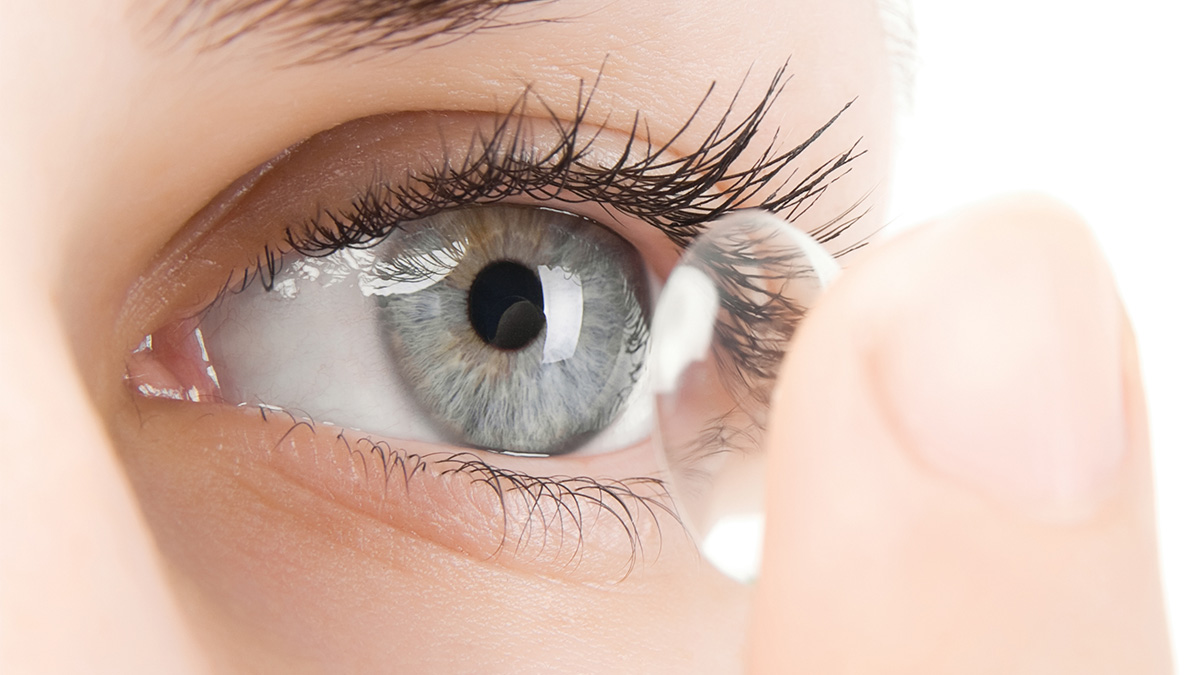At a glance
- Bacterial keratitis is an eye infection that can lead to serious eye complications.
- Bacterial keratitis can affect individuals who wear contact lenses and those who do not wear them.

What is bacterial keratitis?
Bacterial keratitis is an infection of the cornea (the clear dome covering the colored part of the eye) that is caused by bacteria. It can affect contact lens wearers, and also sometimes people who do not wear contact lenses.
Types of bacteria that commonly cause bacterial keratitis include:
- Pseudomonas aeruginosa
- Staphylococcus aureus
Bacteria are common in nature and found in the environment and on the human body. Pseudomonas bacteria can be found in soil and water. Staphylococcus aureus bacteria normally live on human skin and on the protective lining inside the body called the mucous membrane (for example, the lining of the eyes, nose, or mouth).
Symptoms
Bacterial keratitis cannot be spread from person to person. Symptoms of bacterial keratitis include:
- Eye pain
- Eye redness
- Blurred vision
- Sensitivity to light
- Excessive tearing
- Eye discharge
If you experience any of these symptoms, remove your contact lenses (if you wear them) and call your eye doctor immediately.
Prevention methods
If bacterial keratitis is left untreated, it can lead to vision loss or even blindness. If you experience unusual eye irritation, promptly remove your contact lenses. Avoid wearing contact lenses again until advised by your eye doctor.

During the examination, your eye doctor may take a tiny scraping of your cornea for analysis. This sample will then be sent to a laboratory for further examination and diagnosis.
Understanding risk
Risks for developing bacterial keratitis include:
- Wearing contact lenses, especially:
- Overnight wear
- Temporary reshaping of the cornea from wearing a rigid contact lens
- Not disinfecting contact lenses well
- Not cleaning contact lens cases
- Storing or rinsing contact lenses in water
- Using visibly contaminated lens solution
- "Topping off" lens solution rather than discarding used solution and replacing
- Sharing colored or decorative contact lenses
- Recent eye injury
- Eye disease
- Weakened immune system
- Problems with the eyelids or tearing
